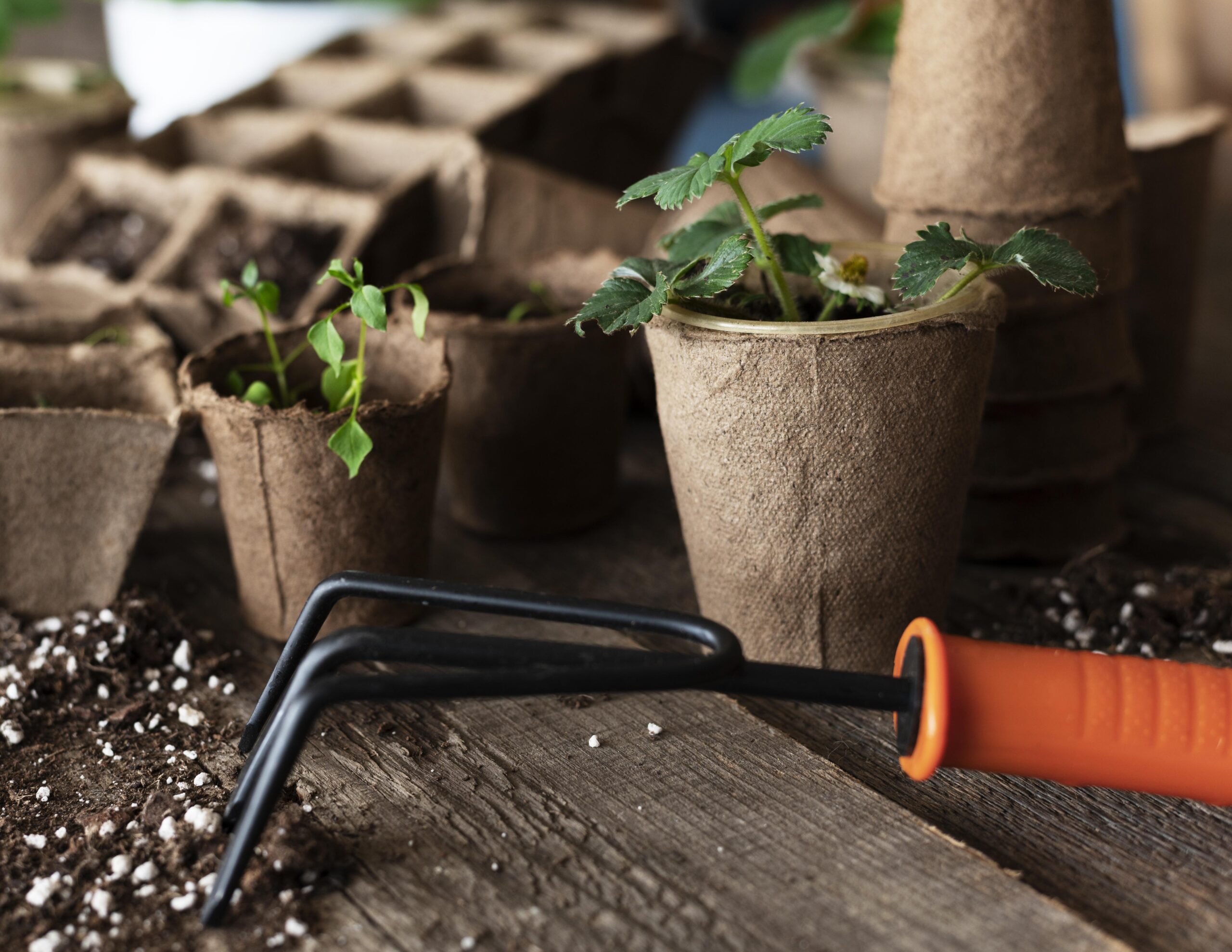
Buying a new grow light can be overwhelming, as the market is constantly changing and there are so many options. This blog aims to help you decide on the perfect grow light for your needs. Without much technical detail, let’s focus on a few basic options for your grow lights and give you enough clarity on picking the right one.
Also, at the end of the blog, you’ll know how high you should hang the LEDs above your plants and how many watts you need when buying grow lights in this section: FAQ.
Some houseplants require long hours of direct sunlight, while others survive on low light. However, natural light is not always sufficient for an indoor garden. You must get grow lights to grow high-light and medium-light plants with minimal natural light. Grow lights allow you to grow as many varieties of plants as you want without worrying about lighting. You can grow houseplants, vegetables, fruits, flowers, orchids with a light set.
Grow lights are ideal for starting seeds or seedlings because they ensure you get stocky, green seedlings.
If you’re having house plants and don’t get enough natural sunlight, it’s best to have a grow light to provide a little extra energy for the plants. You can grow herbs and greens under grow lights.
One important thing you must remember while buying new grow lights
To choose the right light system for your plants, you must consider one important thing:
You need a light system that offers the full spectrum- like the sun. A full-spectrum bulb that replicates the natural sun spectrum by producing a blend of cool and warm lights.
Indoor gardeners can choose from several artificial light sources to grow their plants. Here are the three most popular options.
Fluorescent Lights:
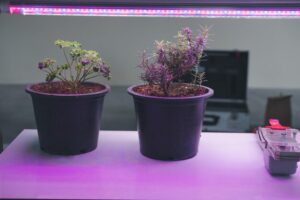
Fluorescent lights are the best option for beginners. One benefit Fluorescent Lights offer is that they’re efficient with energy and offer a color spectrum.
They have efficient power usage but tend to have a very short lifespan. Most fluorescent tube bulbs only last a year when used daily, so you’ll need to replace them frequently.
However, Fluorescent lights are best suited to germination and seedlings, as they don’t offer much coverage for larger plants.
HID Lights:
HIDs are high-intensity discharge lights like high-pressure sodium and metal Halli lights, which are big bulbs that produce a broad spectrum of light and can grow some healthy plants but have a shorter lifespan than fluorescents. Many commercial growers use these for indoor growing, both in nurseries and truck farming. While they offer the range of colors that plants need to grow and thrive, they generate enormous heat.
If you choose HID lamps, you must invest in fans for increased ventilation. You may even find that your summer electricity bill rises from the increased need for air conditioning. You’ll also need to constantly monitor your plants to prevent burning and scorching. You’ll need to keep your HIDs at least 2 feet away from the leaves, maybe more, to prevent damage.
LID lights:
Light-emitting diodes (LEDs) offer many benefits over other options
but have some drawbacks. They can produce a specific band of light that plants
need to grow. LEDs are nice and quiet because they produce very little heat. The long-term cost of running these lights is low and tends
to last a very long time.
They provide broad-spectrum light for every stage of development, including infrared and ultraviolet. They use a minimum of electricity with an extended lifespan.
One disadvantage to LEDs in the past was their high cost. However, their popularity has increased the demand and reduced the price of these highly efficient grow lights.
For best results, consult your user manual for the optimal distance to place your LED grow lights. If you’re using full-spectrum LEDs, you can use this setting for all stages of growth. For seeds, use the blue light option for germination and initial growth. Once your seedlings have developed their first “true leaves,” add red light to further development.
A good rule of thumb is you want to keep your plants about 12 to 18 in above the leaves of your plants. That’s pretty far, especially when you compare it to a fluorescent bulb, which can be placed a few inches above the plants.
How to know whether grow lights are too close or too far for indoor plants
A good way to know whether your lights are too close is to watch how your plants respond. If you see them curling up their leaves like this:
(image of curled-up leaves of the plant)
It’s a clear indication that the lights are too close, and you should
back them off.
Moreover, if they’re too far or the light intensity is too low, your plants. You may grow taller and leggier. Like this, you should bring the lights closer.
It depends on how many plants you’re growing and how much space you need to cover. Wattage varies across the
industry, anywhere from 20 watts up to hundreds of Watts, 500 to 600 watts. Lights for seed starting range anywhere between 75 and 150
watts, depending on your growing space.
Fluorescent lights are beginner-friendly and energy-efficient, HID lights are powerful but require careful handling. LED lights provide the best long-term value with their efficiency and full-spectrum light.
Remember to position your lights correctly and observe your plants’ response. With the proper grow light setup, you can create a beautiful indoor garden regardless of season, weather, or space constraints.
Q1. How high should I hand LED light above my plants?
A. A good rule of thumb is you want to keep your plants
about 12 to 18 inches above the leaves of your plants; that’s pretty far, especially
when you compare it to something like a fluorescent bulb, which can be placed a few inches above the plants.
Q2. How many watts of LED light do indoor plants need?
A. The watts depend on how many plants you’re growing. Lights for seed starting range anywhere between 75 and 150
watts, depending on how big your growing space is.
Q3. How long should you grow lights each day?
A. If you’re starting seedlings indoors, the duration ranges between 14 and 16 hours of light. Once you move on to the stage where the plants are beginning to produce fruits and seeds, reduce the light to around 12 hours.

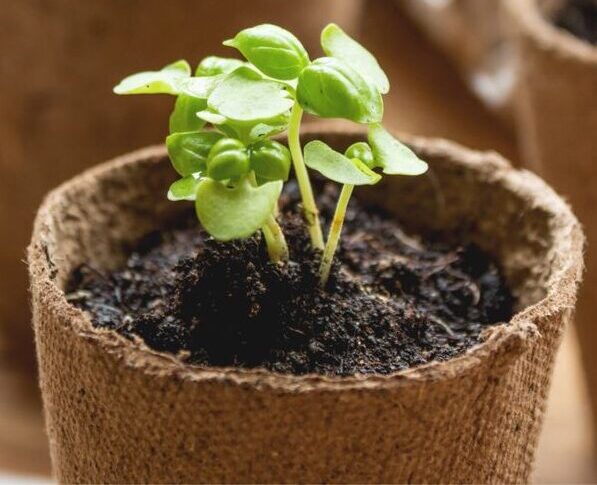
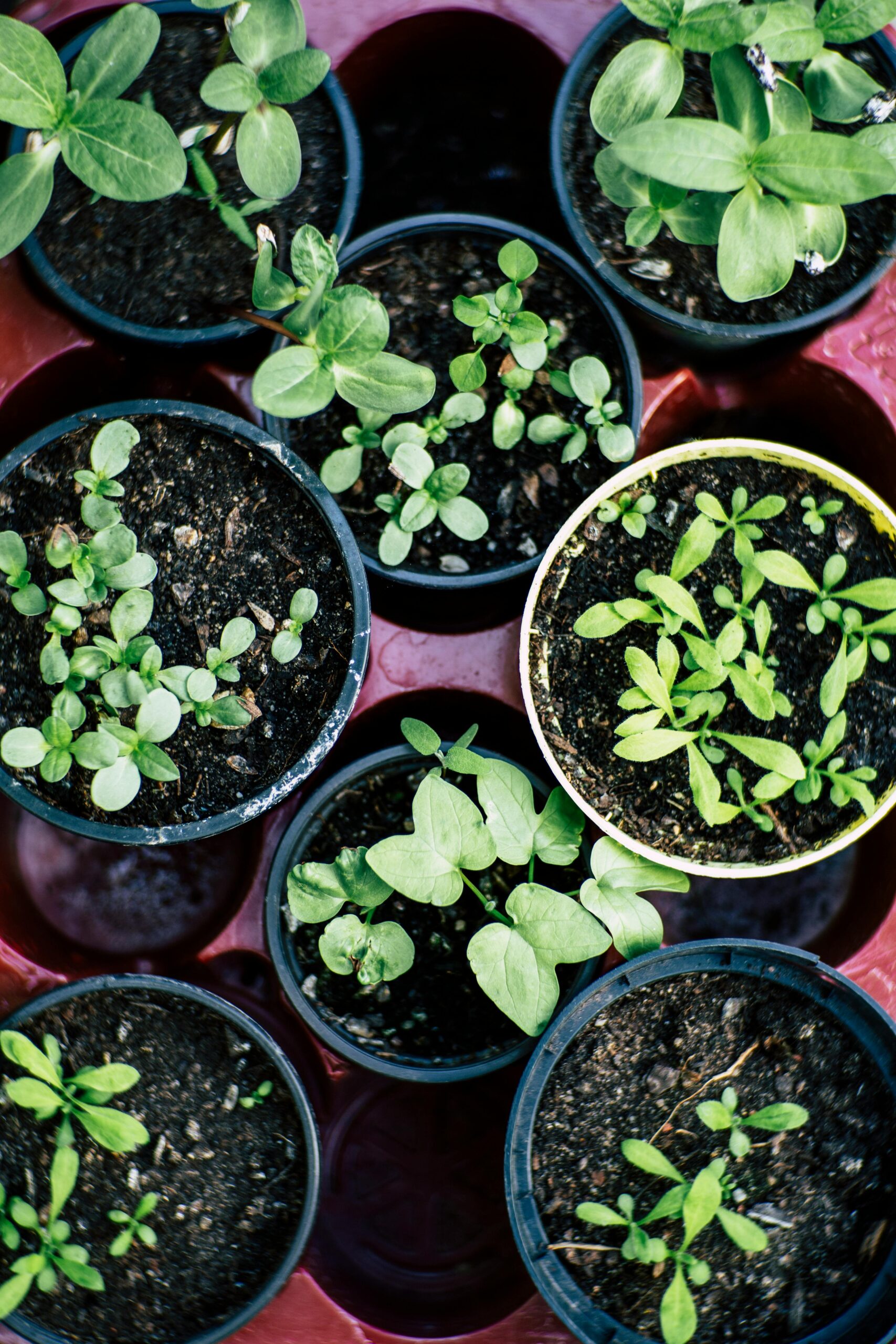
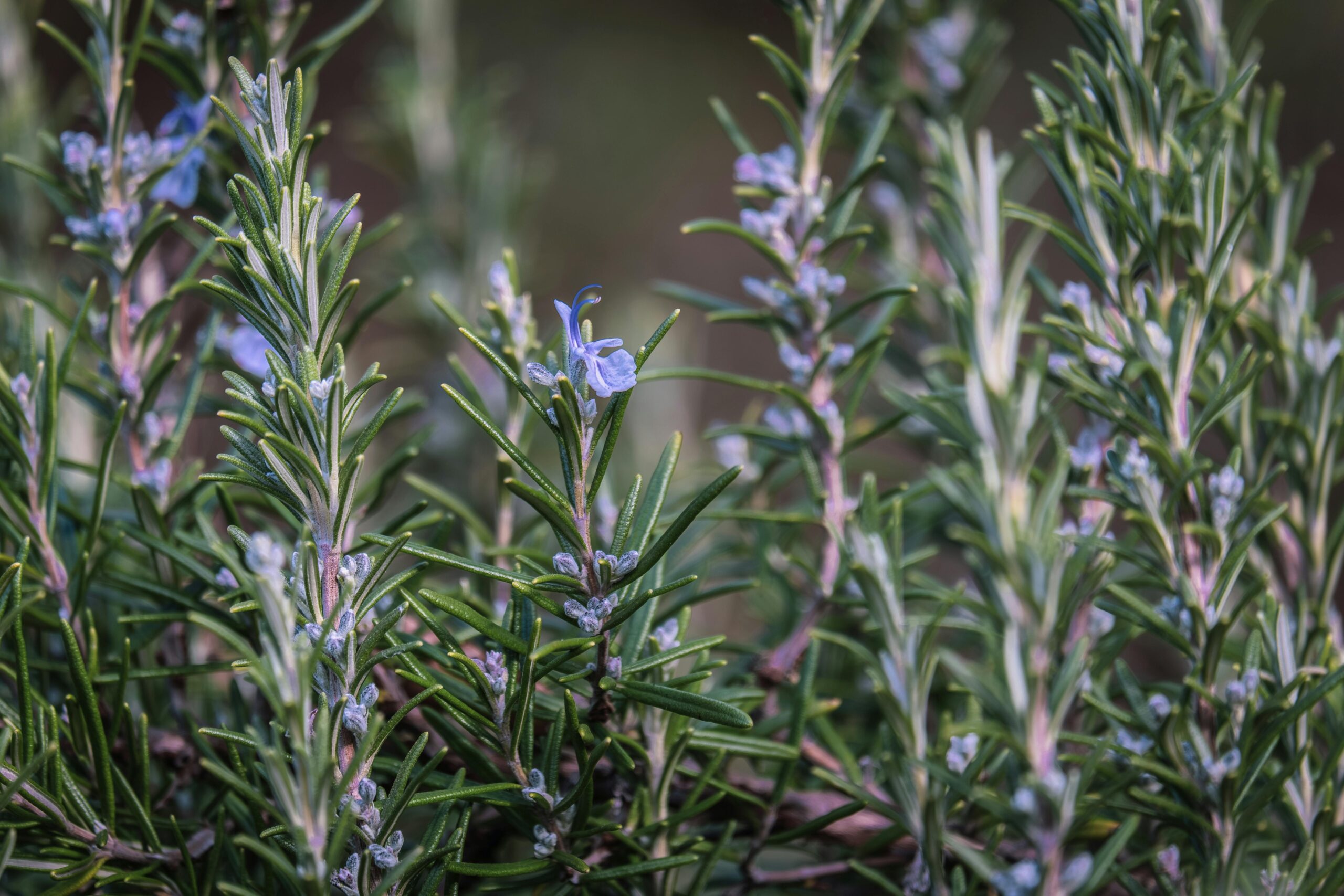
+91-7019960850
sanjeevinigarden@gmail.com
Sanjeevini Garden Products, KAN-4-36/2, Coastal Farms (formerly chicken) road, Padil-Kannuru, Mangaluru 575007
Copyright © All Right Reserved